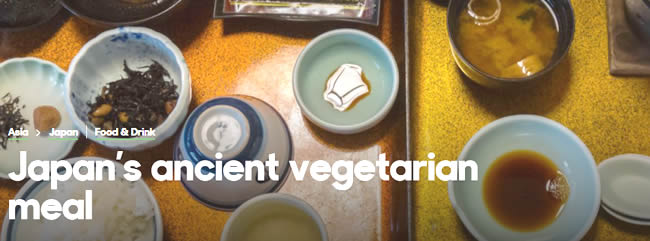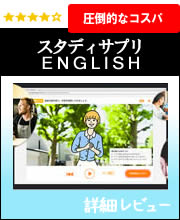先日から「Japan’s ancient vegetarian meal -「日本古来の菜食料理」を読んでいます。

・「日本古来の菜食料理」(1)
・「日本古来の菜食料理」(2)
・「日本古来の菜食料理」(3)
・「日本古来の菜食料理」(4)
・「日本古来の菜食料理」(5)
・「日本古来の菜食料理」(6)
・「日本古来の菜食料理」(7)
“I wanted to work towards a new generation of shōjin ryōri,” he said.
「私は新世代の精進料理を目指したかったのです」と彼。
work toward「~をめざして努力する」。
“I think dishes should evolve with time, and I wanted the freedom to challenge myself and work with new elements.”
「料理は時間と共に進化するものだと思いますし、私は自分自身に挑戦し、新しい要素に取り組む自由を望んでいました。」
Using the ancient favourite of sesame tofu as an example, he explained how a single change can create a range of new combinations:
彼は昔から愛されるゴマ豆腐を例に、一つの変更で如何に新しい組み合わせが広がるかを説明した。
“Cold, it’s quite limited, but when fried it opens up so many options
「冷たい場合は限りがありますが、揚げると選択肢は広がります
- I’ve served it with umami sauce, even mashed potato.
私はうま味ソース、マッシュポテトも添えて出します。
When I realised the difference one change can make, it inspired me,
一つの変更がもたらす違いに気づいた時、私にひらめきが芽生えました、
it really represents what I want to do here at Sougo.”
本当に私が作りたい料理を、この宗胡では出しています。」
Nomura embraces the philosophies of shōjin ryōri and has found they are aligned with the growing sustainability focus of restaurants worldwide.
そして野村氏が取り入れた精進料理の哲学は、世界中のレストランのサスティナビリティへの関心の高まりと一致することに気づいた。
Alongside the hyper-seasonal element of shun is an aim to use locally sourced ingredients.
そこで旬の季節の要素に加え、地元食材を使うことを目標としている。
揚げたゴマ豆腐なんて、想像するだけで美味しそうですが、そのまま家で真似しても上手くいくんだろうか・・・(笑)。
とても柔らかいので、上手く揚げるのは難しそうですが、そこがプロの技術なのでしょうね。
精進料理もそうですし、天ぷらも、とにかく揚げ物というのはプロと素人の差がとても大きい料理だな~と思います。
理由は単純明快!「少ないコストでしっかり楽しく学べるから」。
私自身の経験(高機能でビックリ)をびっしり書いていますので、良かったら読んでみてください。
下のバナーからどうぞ!






